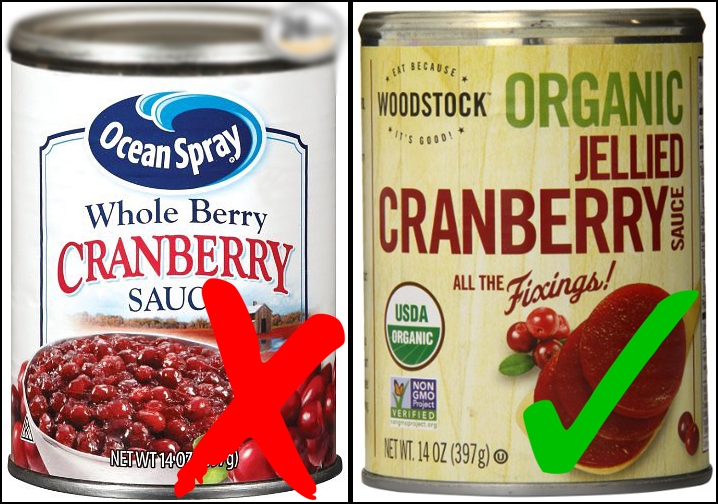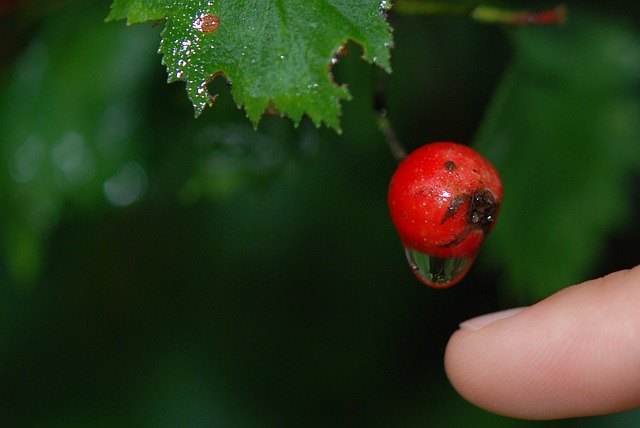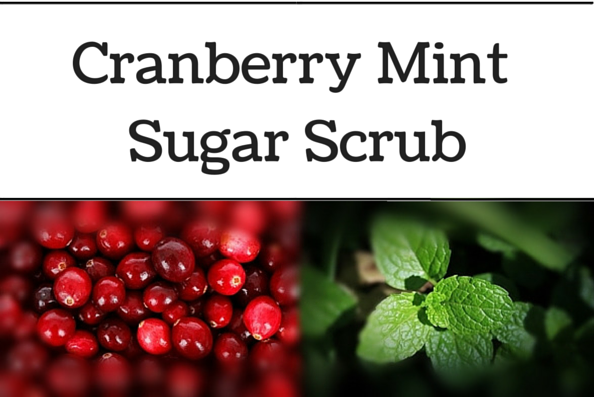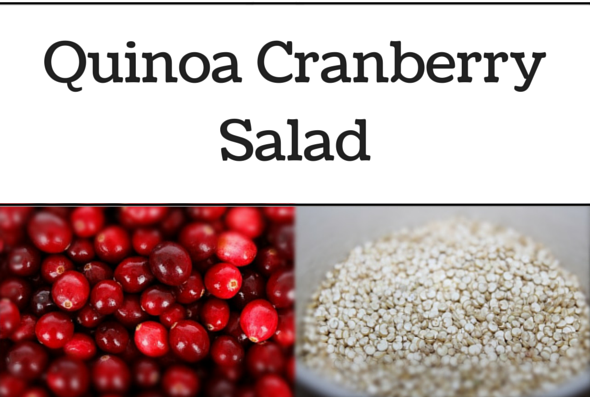As a vegetarian, there is only so much I can eat during holiday dinners with the family. That’s probably why I treasure the tasty joy of cranberry sauce. Though the holidays are behind us, the cranberry is a fruit we should incorporate year round. It’s time to shine a spotlight on the amazing health benefits of this powerful red fruit. Cranberries are rich in anti-inflammatory and anti-oxidants. Of course, with all healing foods, there are side effects we should be aware of. Let’s take a look at the history, cultivation, and medicinal properties of cranberries. I’ve also included two great recipes for you to try at the end of this article. Let’s get started!
History and Genus of Cranberries
Cranberries, Vaccinium Oxycoccus, are from the heather, Ericaceae, family. For those not in the know, heather is a flowering plant that ranges from the size of shrubs to trees. The most common form of heather is the dwarf sized shrub often found in North America and Europe. It’s part of what creates bogs, but is also found in forests covering the ground. True to its heritage, cranberries are dwarf sized shrubs with vines that creep along the ground.
It was first used by the Native Americans as a food additive, coloring dye, and for medicinal purposes. The Algonquin Indians called it sassamanash and may have introduced it to European settlers when they landed in America. The Europeans named the fruit craneberries because they thought the vines, flower, and fruit looked like a crane and, over time, the name changed to cranberries. Settlers started shipping cranberries back to Europe in 1820 and then spread to Asia.
[su_list icon=”icon: dot-circle-o” icon_color=”#df131e”]
Did You Know?
There are 4 different types of cranberries.
- Vaccinium oxycoccus or Oxycoccus palustris
This is the common cranberry found throughout the northern hemisphere. This includes Northern Europe and northern North America. The flower petals are dark pink and the leaves are small. The fruit is pale pink and the stem has fine hairs on it.
- Vaccinium microcarplum or Oxycoccus microcarpus
This small cranberry differs from the Vaccinium oxycoccus due to the leaves being more triangular and the stem is hairless.
- Vaccinium macrocarpon or Oxycocccus macrocarpus
This is the American cranberry and the one that graces most of our dinner tables during the holidays. These berries grow across Canada and the eastern U.S. The leaves are larger and the cranberries are less bitter than the previous two kinds.
- Vaccinium erythrocarpum or Oxycoccus
Otherwise known as the southern mountain cranberry, this berry is native to southeastern North America and eastern Asia. These have thicker stems so form higher shrubs.
[/su_list]
How they Harvest Cranberries

Cranberries are water harvested. They once grew in wetlands, but are now cultivated in upland areas with a shallow water table. For proper growth, water is irrigated regularly to keep the soil moist throughout the season. The bogs are only flooded once in Fall for the harvest and once in Winter to combat the cold temperatures. There are two methods to harvesting:
[su_list icon=”icon: leaf” icon_color=”#2f9115″]
- Dry Harvesting
A machine similar to a mower is used to collect the cranberries in their dry state. These are the ones sent to farmers markets and stores, but 90% of cranberries are wet harvested.
- Wet Harvesting
These are the berries used for juices, canned sauces, etc. According to the Cape Code Cranberry Growers Association, “Cranberries float in water, and thus, the bogs can be flooded to aid in removal of fruit from the vines. Water reels, nicknamed “egg-beaters” are used to stir up the water in the bogs. By this action, cranberries are dislodged from the vines and float to the surface of the water. Wooden or plastic “booms” are used to round up the berries, which are then lifted by conveyor or pumped into a truck to take them to the receiving station for cleaning.”
[/su_list]
[su_box title=”FUN FACT” style=”soft” box_color=”#159b58″]The air pockets in cranberries not only allow the fruit to float in water, it also allows them to bounce. One way to test if whole cranberries are good or not is to bounce it on a flat surface. If it does not bounce, do not eat it. [/su_box]
Medicinal Properties of Cranberries
The Indians used cranberries as an added preservative to their meats and also for a variety of medicinal purposes. The berries would be crushed and used as a poultice for wounds. Today, cranberries are more well known as a solution to the dreaded UTI (Urinary Tract Infection). Yet there is so much more it can do towards the health of our body. Berries contain polyphenols, a known antioxidant and key to fighting the signs of aging. Most of the cranberry’s powerful benefits can be found in the phytonutrients that creates its vibrant red hue: proanthocyanidins (PACs) and anthocyanins. These compounds have anti-inflammatory and cancer preventative properties. It’s the PAC’s that prevent bacteria from sticking to the uterine wall and causing an infection. The PAC’s also have the same effect on bacteria in the mouth. This makes it an effective tool against periondontal (gum) disease.
Other nutrients in cranberries are:[su_list icon=”icon: check” icon_color=”#0b0c0b”]
- Vitamin E
- Vitamin C
- Fiber
- Salicylic Acid
- Calcium Manganese
- Potassium
- Folate
- Vitamin A
- B-Carotene
[/su_list]
Side Effects
There are precautions to take with anything we put in our bodies, whether it’s an herb or fruit. Here are the major precautions to take before adding cranberries to your diet:
Aspirin Allergy– the salicylic acid in cranberries is similar to aspirin so those with aspirin allergies should be cautious of eating cranberries in any form.
Diabetics- many companies add sugar to their cranberry juices. Either choose a juice with no added sugar or one sweetened by an artificial sweetener like splenda.
Kidney Stones- cranberries contain the chemical oxalate, a key component of kidney stones. Intake of cranberries in any form can aggravate or produce more kidney stones.
Warfarin- cranberries affect the liver’s ability to break down medication. Warfarin is used to slow blood clotting so any changes to that process could cause bleeding and bruising.
[su_box title=”STAY AWAY FROM OCEAN SPRAY” style=”noise” box_color=”#c71c1c”]

Ocean Spray has GMOs and high fructose corn syrup which is terrible for your body. Always choose organic when you can. You may have to go to a natural foods store since Ocean Spray has the corner market on most cranberry production.
[/su_box]
Cranberries are best eaten in their fresh form rather than cooked. The nutrients break down in the standard cooking temperature of 350°F (175°C). Invest in cranberry supplements to achieve the full benefits of the fruit, but don’t be afraid to add some dried cranberries to your meals as there are still beneficial vitamins to be found in them.
Recipes
This recipe was created by Jamie Ahn, the creative director and owner of New York’s Townhouse Spa. It’s perfect for cold winter weather!
Ingredients
1/2 cup fresh or frozen cranberries
6 mint leaves
1 cup brown sugar
1/4 cup coconut oil
Storage containers
Directions
1. Blend cranberries and mint into a smooth pulp, then add into the bowl of sugar.
2. Heat coconut oil in a pan until it liquefies.
3. Add the oil into the bowl, and mix until all the ingredients are evenly blended.
4. Transfer into a container, and refrigerate after the first application.
For additional use, transfer a few spoonfuls into a Ziploc bag, seal, and run under hot water for one minute.
*Makes 6-10 applications
Adrienne Robinson, founder of BodyZenBalance, posted a great recipe a few years ago that fits in perfectly with the cranberry theme today.
Ingredients
1 C. dry quinoa cooked
½ c. raw cashews
½ c. dried cranberries
2 Tbsp Olive oil
Juice of ½ fresh lemon
Sea salt to taste
2 fresh mint sprigs, chopped
Click the link for directions and tips on cooking quinoa- Quinoa Cranberry Salad.
Okay. Now I’m hungry.
Did you like this article? Share the information and recipes with your friends! Don’t forget to like us on Facebook, as well.
How do you use cranberries in your life? Is it a part of your holiday meal tradition?






